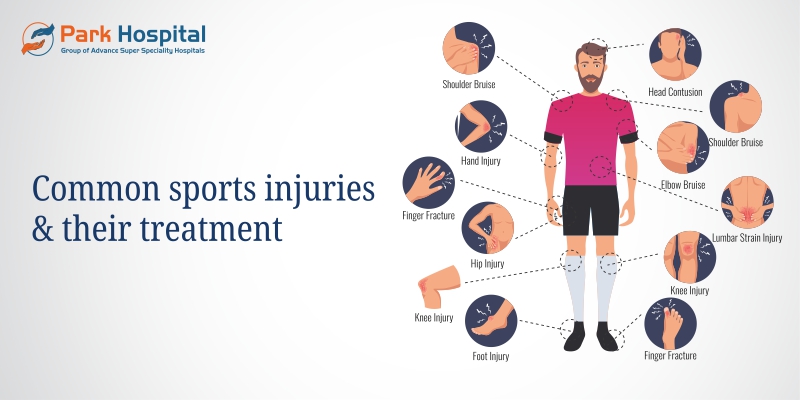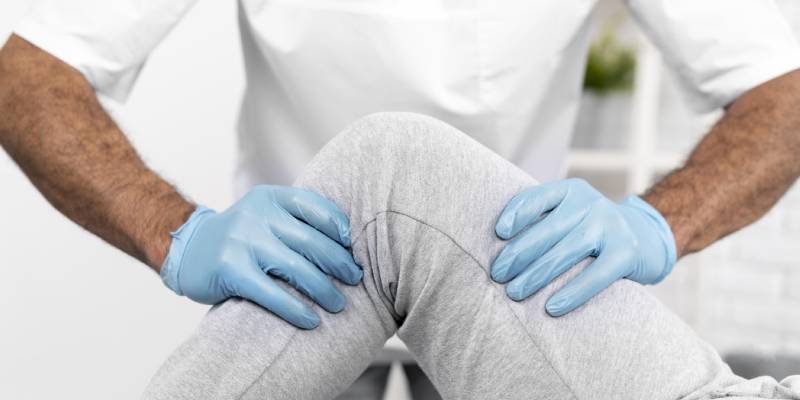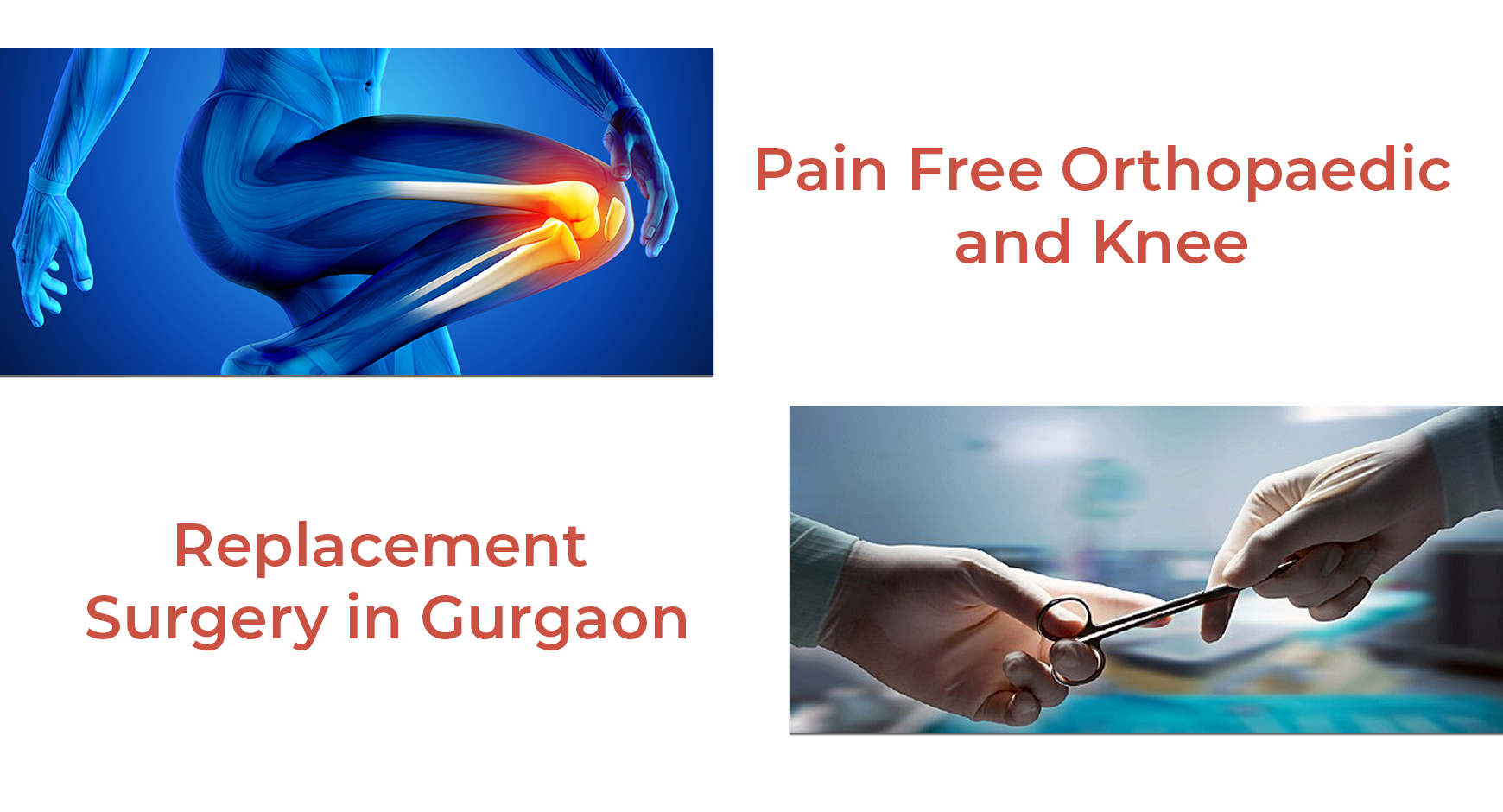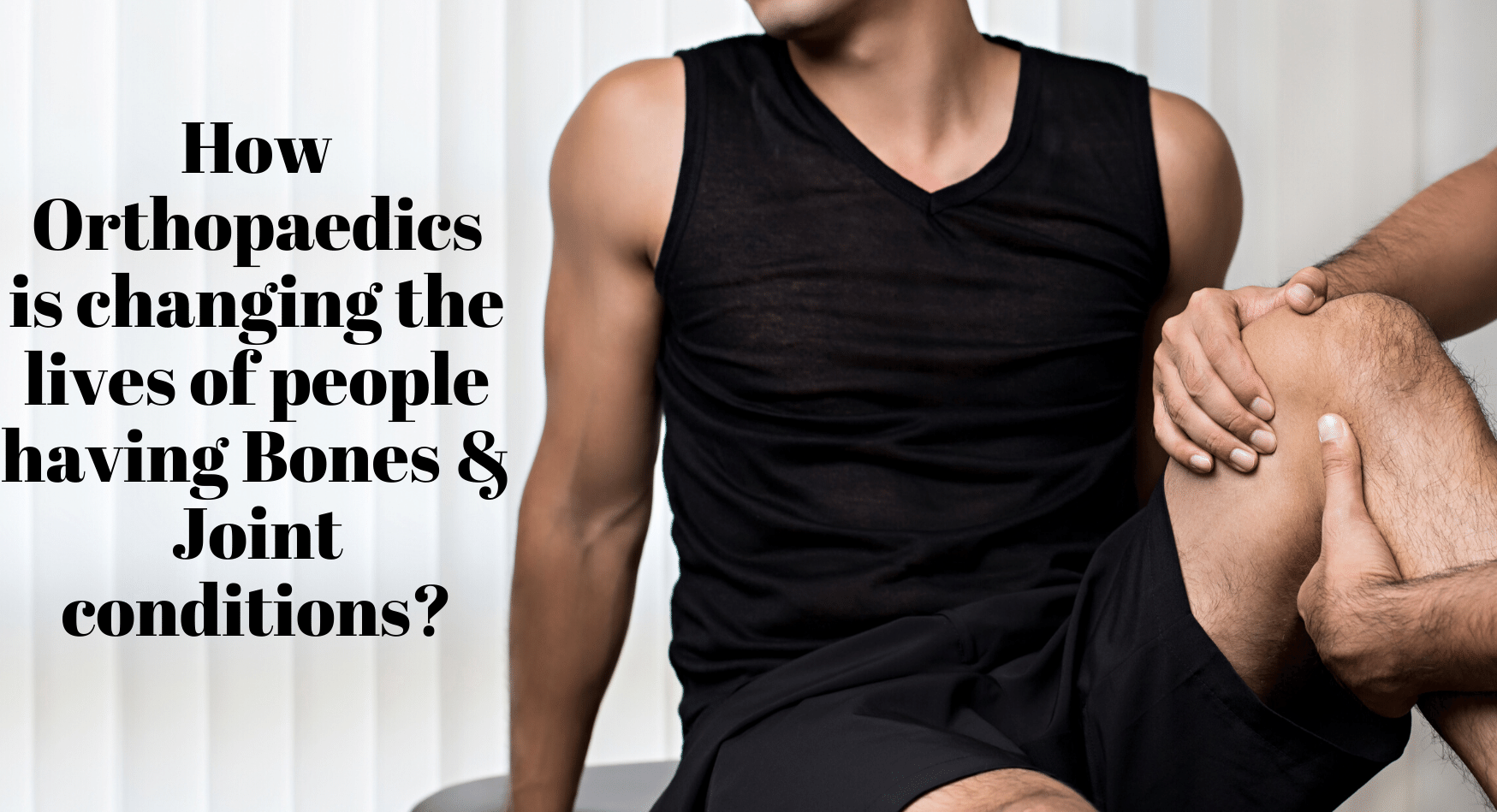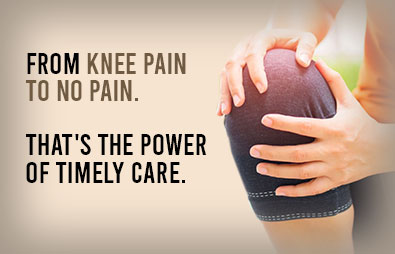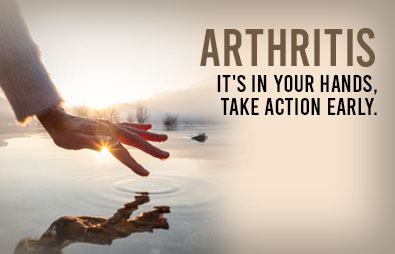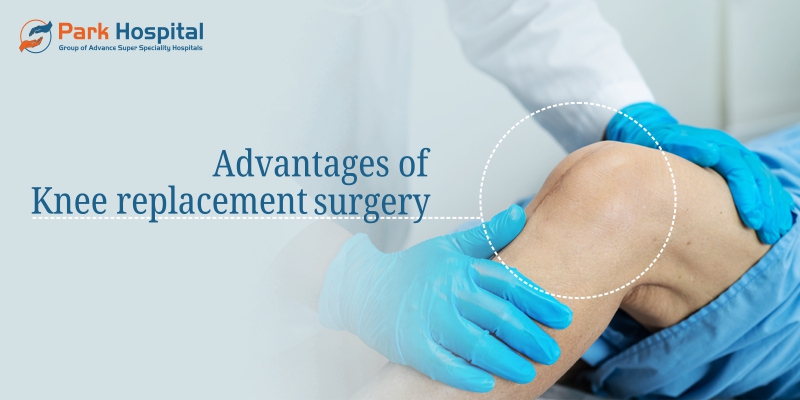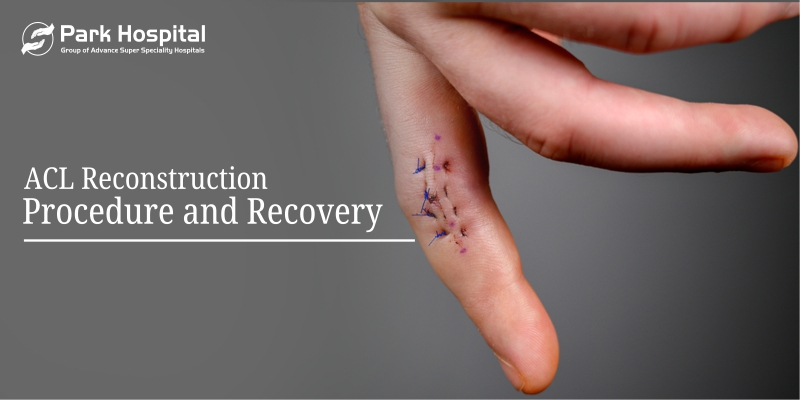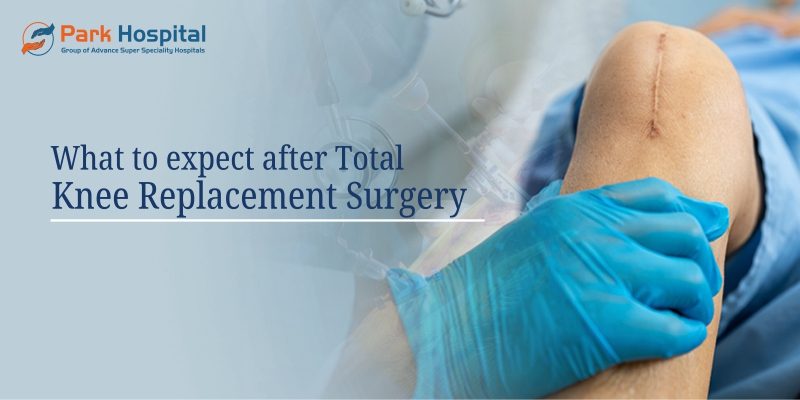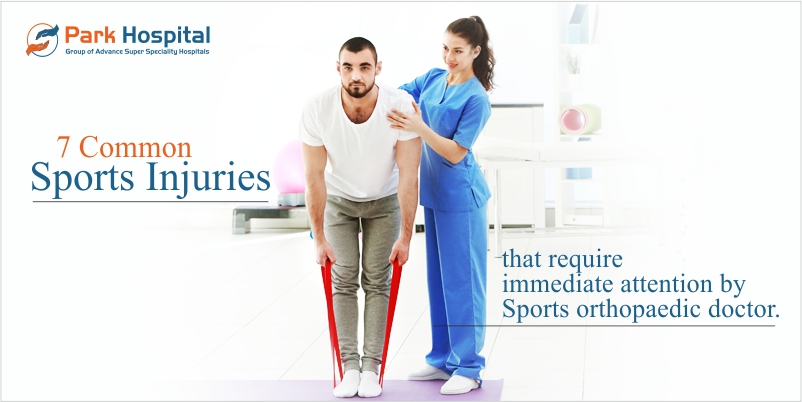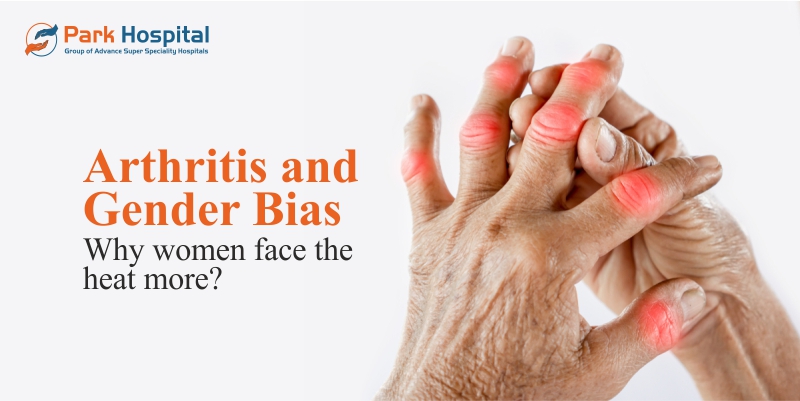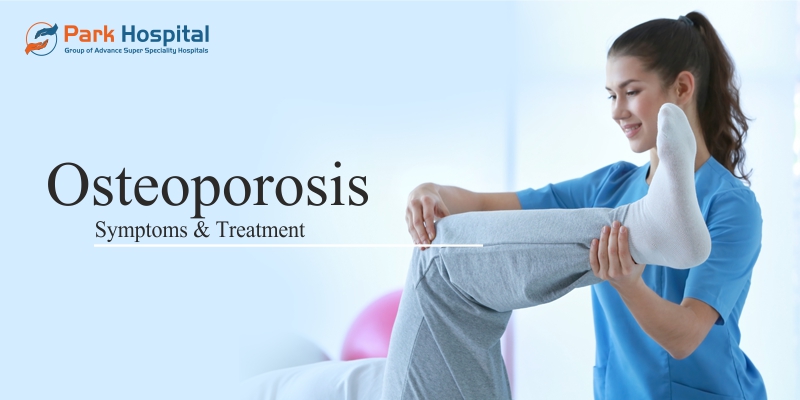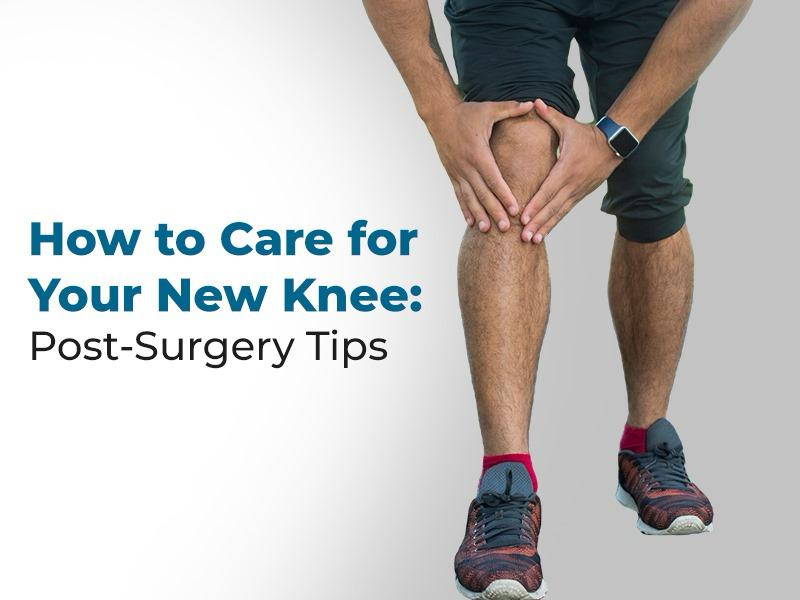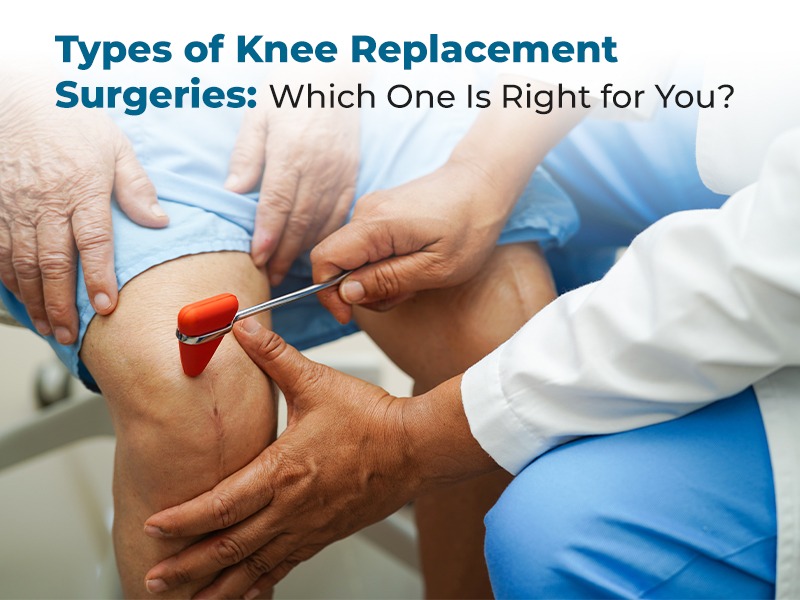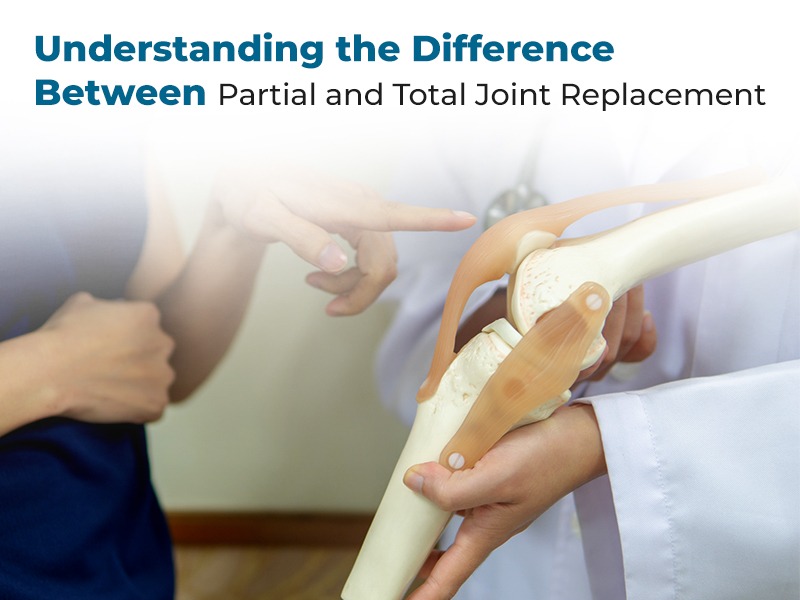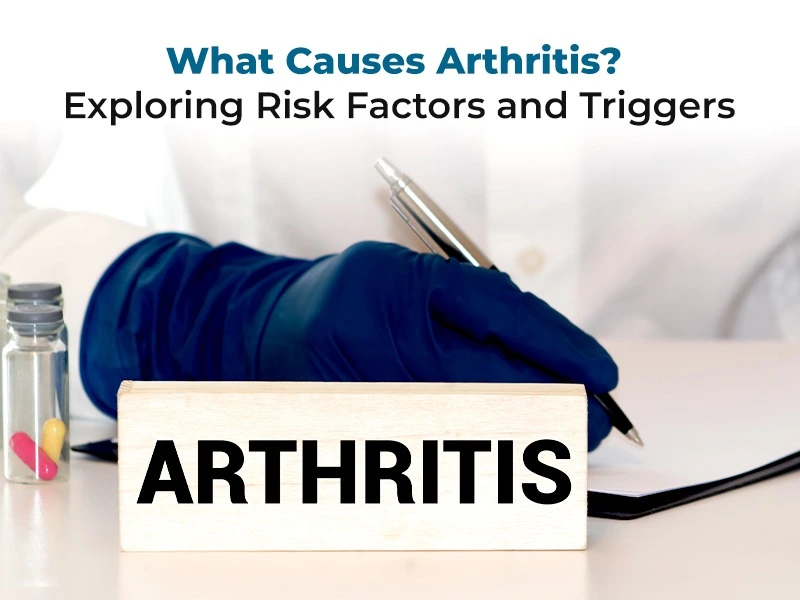What is a Sports Injury?
A sports injury involves damage to your body parts due to sports, exercise, or any athletic activities. Two types of sports injuries occur sudden (acute) and those which occur over a period of time (chronic). These can also be caused by an accident, or inadequate warm-up before exercise, using inappropriate techniques, or pushing yourself too hard during workouts. Mostly affected body parts during these sports injuries are muscles, bones, joints, ligaments (bone-bone connections), or tendons (bone-muscle connections).
Following are some of the sports injuries
Back pain usually caused by sprain or strain due to inappropriate posture during exercise. It is felt as stiffness or soreness in the lower back.
Bone injuries
Stress fractures bone pain due to tiny cracks during repetitive high-impact activities
Shin splints painful shin due to swelling of tissues around the shin bone.
Broken ankle or arm or wrist or leg or toe or finger due to respective broken bones.
Dislocation shoulder, hip, finger joints.
Achilles tendinitis in which the Achilles tendon (that connects your calf to your heel) is swollen and stiff.
Hamstring injuries tears to tendons at the back of thighs seen in athletes. (Mainly runners/footballers)
Head injuries minor head injuries to concussions
Heel pain common injury due to running wherein there is swelling of soles and there is stiffness and pain experienced in heels.
Swollen joints bursitis (in the knee, hip, and elbow) and tendonitis (swollen tendons around the shoulder, elbow, wrist, finger, thigh, and knee or back of the heel). Tennis elbow and golfers elbow are the examples
Knee pain runners knee, cartilage damage, all ligament tear, mevious tear.
Shoulder pain- mainly in throwing athletes.
If your sports injury is severe, you must approach your healthcare physician or orthopedics doctor to evaluate the extent of the damage and accordingly treat you.
Symptoms of a sports injury and diagnosis
Common symptoms involve pain, bruising, deformity in bone, grinding or cracking noise, inability to bear weight on your hip, leg, or foot, stiffness, and swelling. The injury is further confirmed diagnostically by x-ray, CT scan or MRI.
Treatment of Sports Injuries
Minor injuries such as mild sprains and strains can be treated at home using PRICE (Protection, Rest, Ice, Compression, Elevation) therapy which involves
Protecting the affected area from further damage.
Resting / reducing exercise to avoid further strain on the injured joints.
Ice pack on the affected area for 15-20 minutes every 2-3 hours.
Compression bandages (elastic) to be used to limit swelling
Elevate the injured body part above the level of your heart whenever possible.
To relieve pain and swelling you may take Non-steroidal painkillers such as paracetamol or ibuprofen. In cases of severe and continuous swelling of joints due to injury, corticosteroid injections are recommended based on the judgment of your healthcare professional. In case of severe injuries, surgeries such as knee ligament surgery are performed for a sports person followed by a period of rest to recover from the damage due to the injury.
The most common treatment after a severe sports injury or accident is physiotherapy which involves techniques such as massage, and exercises, to improve motion, blood flow and strengthen muscles around the injury and return to normalcy.
Conclusion
Apart from treatment, you can prevent sports injuries by adequate warm-up before daily physical exercise, choosing a less risky activity with a mix of CV, endurance, and flexibility training, staying hydrated during and after exercise, and taking the help of a physical trainer during your physical activity, and also take care of simple steps such as wearing proper gear and equipment as required for workouts or during the sport.
For any sports injuries, consult our expert orthopedics for accurate consultation and treatment at Park Hospital.

